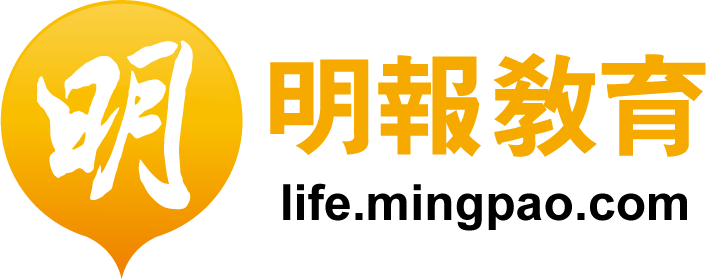As the second letter of a two-vowel pair, Y follows the double vowel rule, i.e.1 it is silent, but makes the first vowel long. These are most often found at the end of common root words.
When Y precedes a vowel it is usually a consonant at the beginning of a word (yard, yes, yesterday and yam) or a coincidence created by a compound word (anyone, bellyache and payable) or suffix (betrayer, employee, buoyancy and surveyor).
Most of the time a vowel Y is used in common words it represents the A, I or E long vowels. Of course English is by no means consistent, so there are some special cases. Two-vowel Y is easiest to explain as a chart. [click here for the chart of Double-Vowel Y]
Note: The letter Y is a mess. Its consonant sound is sometimes spelt with other letters. Examples include EU as in Europe and long U, as in cute. Long U is a combination of Y + a long OO.
Footnote:
1. The abbreviation i.e. stands for the Latin expression id est, which means that is in English. It does not, as often assumed, mean for example.
Y-related Articles:
‧ Pronouncing The letter Y At The End Of A Word
‧ Pronouncing The Letter Y at The Middle of a Word
‧ Pronouncing The Letter Y at The Front of a Word
by John Larrysson [email protected]
A native English speaker who has been teaching practical English in Hong Kong for over two decades.
**************************************************************
NOTE: Starting in 2016, this column has been published once every two weeks, on every other Tuesday.
General Enquiry: We welcome enquiries and feedback. Please contact us through [email protected]



